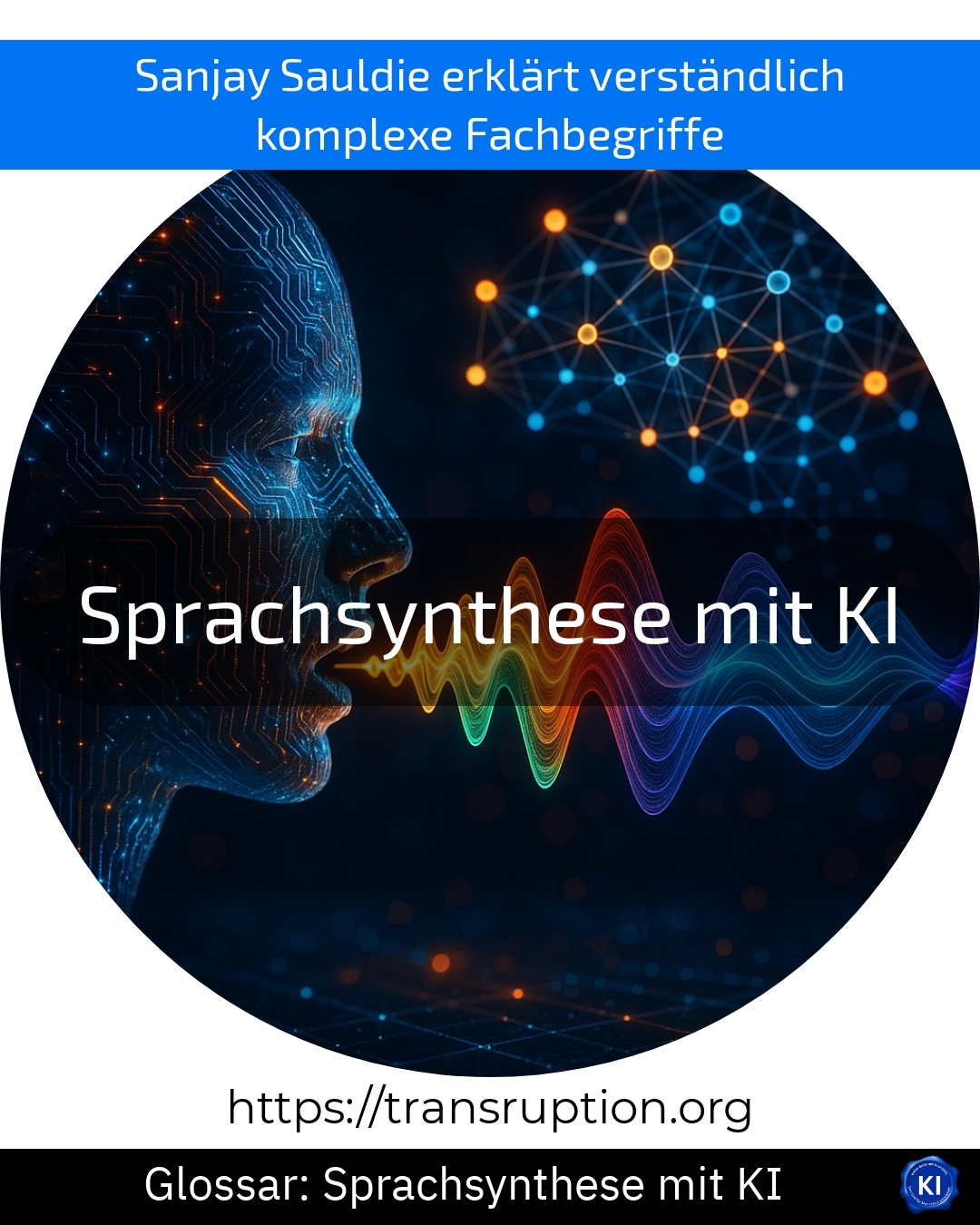Speech synthesis with AI primarily falls into the categories of artificial intelligence, digital transformation and automation.
The term describes a technology in which artificial intelligence is used to generate a natural-sounding human voice from written text. This means that thanks to modern speech synthesis with AI, computers can read out texts, make announcements or even hold real conversations completely independently.
An illustrative example from everyday life: many people are familiar with the friendly voice of car navigation systems or voice assistants such as Alexa or Siri. In the past, these voices often sounded artificial and monotonous. Today, speech synthesis with AI makes pronunciation sound much more natural, and emotions and intonations are imitated credibly. The technology is also being used in companies, for example for automatic telephone hotlines or read-aloud functions on websites to provide users with barrier-free access to information.
The benefits: speech synthesis with AI saves time and money, replaces time-consuming voice recordings and makes many digital services more accessible - for companies and their customers alike. It is an important building block for the digital future in a wide range of industries.















